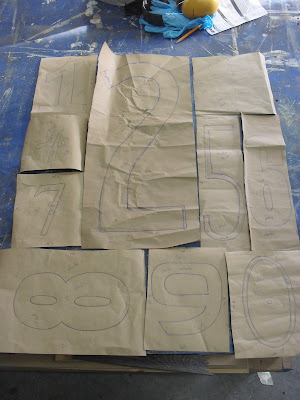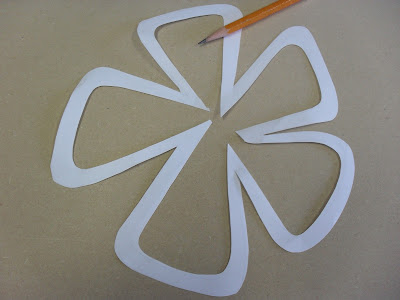I had to include Daisy too!
She really is adorable. We wanted a friend for Daisy, but we also knew that we would have to find a friend compatible in size as she is only 3 pounds. Cricket looks alot bigger (in the pic) but all her hair makes her look much larger than she really is...she is a bit taller than Daisy and weighs about the same. Anyway, they have become best friends!
So, now that you've met Cricket...my next project will make sense! I needed to block access to the living room - a few accidents still happen. My husband had put in this temporary board after Daisy arrived, but, as I said, it was only supposed to be temporary. I ended up painting it and living with it for 3 years but it's still ugly!!
I decided it was time to build something new...something a bit more appealing. Here it is...
I can easily remove it when company comes over and I think it looks alot better.
Thank you for stopping by...have a great week!
Lesa























































